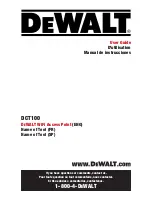
Services
24.1 Configuring AirGroup
SCALANCE W1750D UI
Configuration Manual, 02/2018, C79000-G8976-C451-02
385
architecture allows any AP to respond to its connected devices locally. In this example, the
iPad connected to AP2 obtains direct response from the same AP about the other Bonjour-
enabled services in the network.
Figure 24-2 Bonjour Services and AirGroup Architecture
For a list of supported Bonjour services, see AirGroup Services (Page 386).
24.1.2
DLNA UPnP Support
In addition to the mDNS protocol, APs now support Universal Plug and Play (UPnP), and
DLNA-enabled devices. DLNA is a network standard derived from UPnP, which enables
devices to discover the services available in a network. DLNA also provides the ability to
share data between the Windows or Android-based multimedia devices. All the features and
policies applicable to mDNS are extended to DLNA to ensure full interoperability between
compliant devices.
In a UPnP-based scenario, the following types of devices are available in a network:
●
Controlled devices (servers)
●
Control points (clients)
When a controlled device joins a network and acquires IP address, it multicasts a number of
discovery messages for advertising itself, its embedded devices, and services. On the other
hand, when a control point joins a network, it may multicast a search discovery message for
finding interesting devices and services. The devices listening on the multicast address
respond if they match the search criteria in the search message.
In a single AP network, the AP maintains a cache table containing the list of discovered
services in the network. The AP also enforces native policies such as disallowing roles and
VLANs and the policies defined on ClearPass Policy Manager to determine the devices or
services that are allowed and can be discovered in the network. Whenever a search request
















































